Increasing Defense Budgets
The Surveillance Radar System Market is experiencing a notable surge due to the increasing defense budgets across various nations. Governments are prioritizing national security, leading to enhanced investments in advanced surveillance technologies. For instance, countries are allocating substantial portions of their defense budgets to modernize their military capabilities, which includes upgrading radar systems. This trend is particularly evident in regions with heightened geopolitical tensions, where nations are compelled to bolster their surveillance infrastructure. According to recent data, defense spending is projected to grow at a compound annual growth rate of approximately 3.5% over the next five years, further fueling the demand for sophisticated radar systems. As a result, the Surveillance Radar System Market is poised for significant growth, driven by these strategic investments in defense capabilities.
Technological Advancements
Technological advancements play a pivotal role in shaping the Surveillance Radar System Market. Innovations in radar technology, such as the development of phased array systems and digital signal processing, are enhancing the capabilities of surveillance radars. These advancements enable improved detection, tracking, and identification of targets, thereby increasing operational efficiency. Furthermore, the integration of advanced algorithms and machine learning techniques is revolutionizing data analysis, allowing for real-time decision-making. The market is witnessing a shift towards systems that offer higher resolution and longer range, catering to the evolving needs of military and civilian applications. As a result, the Surveillance Radar System Market is likely to expand, driven by the continuous evolution of technology and the demand for more sophisticated surveillance solutions.
Rising Threats and Security Concerns
The Surveillance Radar System Market is significantly influenced by the rising threats and security concerns faced by nations worldwide. With the increasing frequency of cross-border conflicts, terrorism, and cyber threats, there is a pressing need for enhanced surveillance capabilities. Governments are recognizing the importance of investing in radar systems to monitor airspace and territorial boundaries effectively. This heightened awareness of security challenges is prompting nations to adopt advanced surveillance technologies to safeguard their interests. Recent reports indicate that The Surveillance Radar System is expected to reach USD 500 billion by 2026, with a substantial portion allocated to radar systems. Consequently, the Surveillance Radar System Market is likely to benefit from this growing emphasis on security and defense measures.
Civil Aviation and Air Traffic Management
The Surveillance Radar System Market is also being driven by the increasing demand for efficient civil aviation and air traffic management systems. As air travel continues to rise, the need for advanced radar systems to ensure safe and efficient airspace management becomes paramount. Modern radar technologies are essential for tracking aircraft, managing air traffic, and enhancing safety protocols. The International Civil Aviation Organization (ICAO) emphasizes the importance of upgrading radar systems to meet the growing demands of air traffic. With air traffic projected to increase by 4% annually, the demand for sophisticated surveillance radars in civil aviation is expected to rise correspondingly. This trend indicates a promising outlook for the Surveillance Radar System Market, as investments in air traffic management systems are likely to escalate.
Emerging Markets and Defense Collaborations
Emerging markets are becoming increasingly significant players in the Surveillance Radar System Market. Countries in Asia-Pacific, the Middle East, and Africa are ramping up their defense capabilities, often through collaborations with established defense contractors. These nations are recognizing the strategic importance of surveillance radars in enhancing their military readiness and border security. Additionally, partnerships between governments and private sector companies are facilitating technology transfer and local production of radar systems. This trend is expected to create new opportunities for growth within the market. As emerging economies continue to invest in their defense sectors, the Surveillance Radar System Market is likely to witness a surge in demand, driven by these collaborative efforts and the need for advanced surveillance solutions.


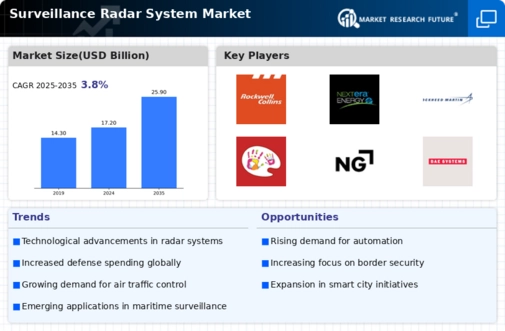
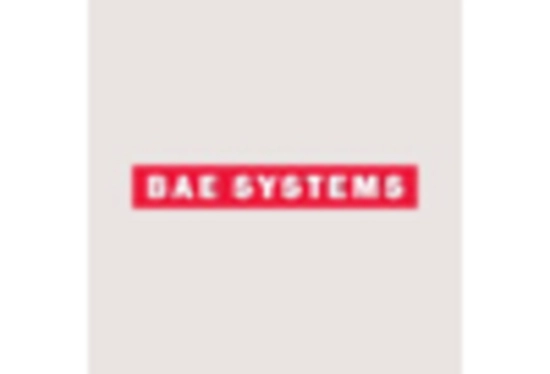

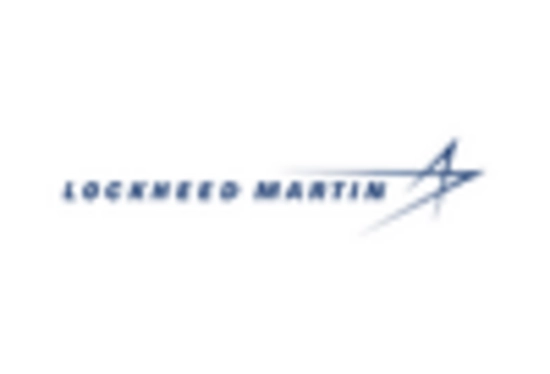
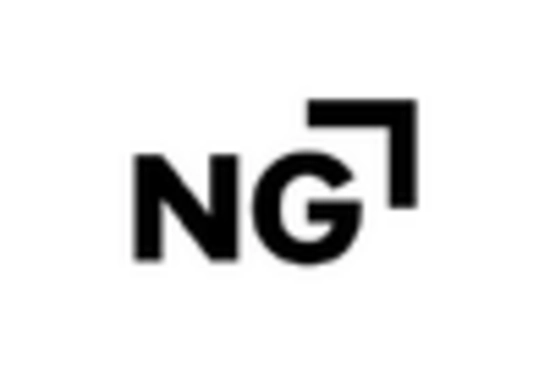

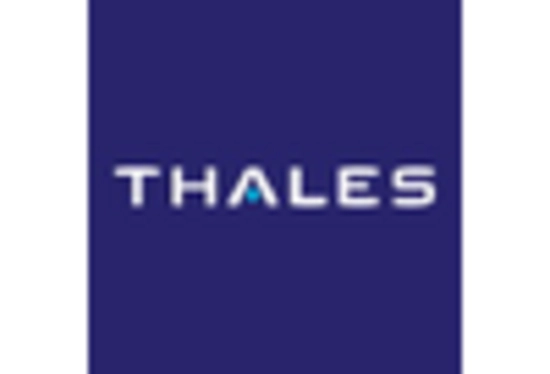








Leave a Comment